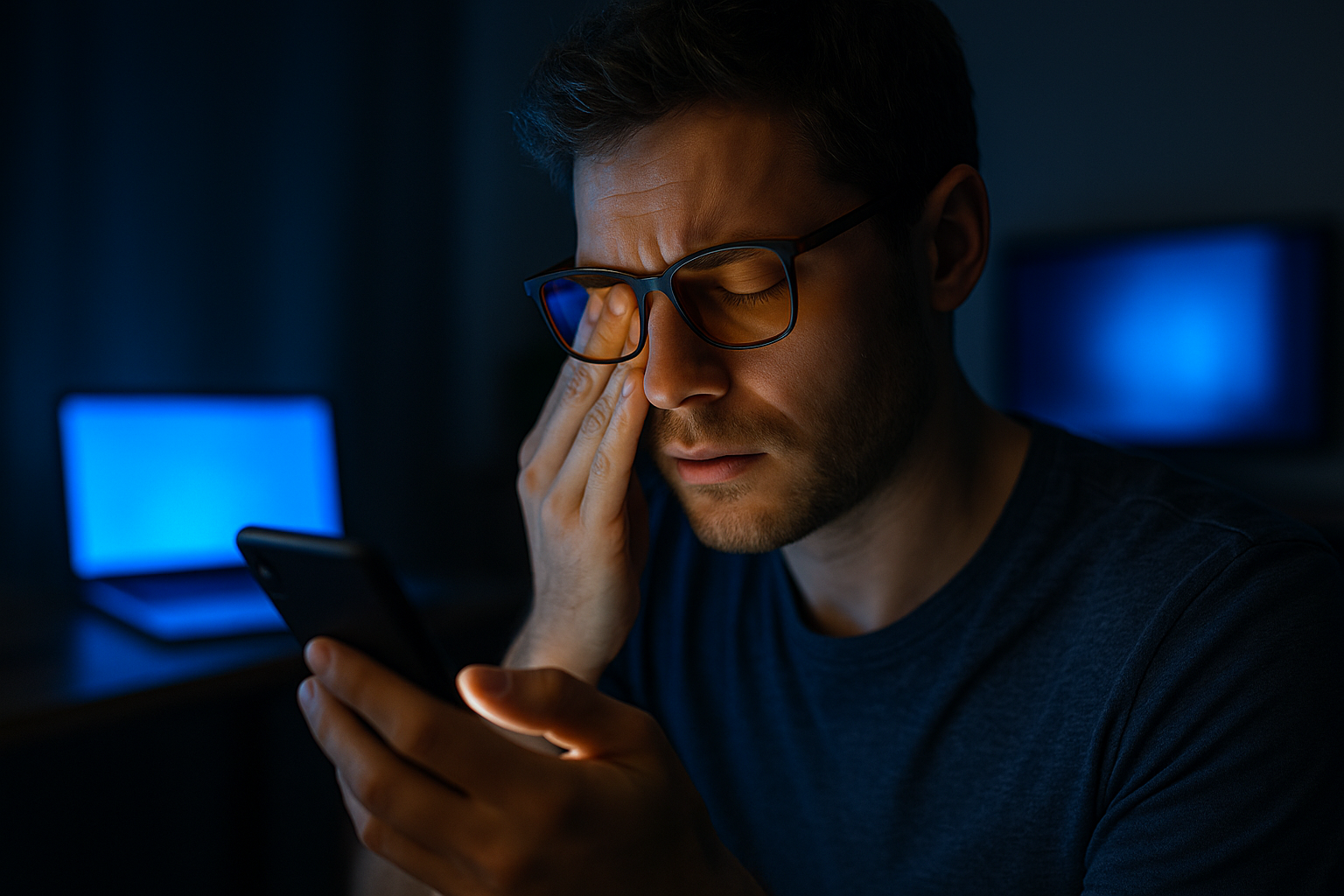Unveiling the Health Implications of Blue Light Exposure
In a world that is becoming increasingly digital, the ubiquity of blue light has become a point of concern in health circles. This high-energy, short-wavelength light is emitted from many of our most commonly used devices—smartphones, laptops, televisions, and even energy-efficient lighting. But how does this pervasive component of our modern lives affect our health? Delving into the research, we find that the answers may not be as clear cut as they first seem.

The Science Behind Blue Light
Blue light is a type of light with a short wavelength, which means it produces a higher amount of energy. It is naturally produced by the sun but is also prevalent in LED lights and digital screens. As our exposure to such devices has increased, so too has our exposure to blue light.
Historically, our main source of blue light was from the sun. We evolved to use blue light to regulate our circadian rhythm, the internal clock that dictates when we feel awake and when we feel sleepy. With the advent of artificial lighting and digital screens, our exposure to blue light has extended well beyond daylight hours. This change has sparked numerous research studies to understand the potential health implications.
Blue Light: A Double-Edged Sword?
Blue light isn’t all bad. In fact, it’s crucial for our health in a number of ways. During daytime hours, blue light can improve attention, reaction times, and mood. It’s also been used as a treatment for seasonal affective disorder, a type of depression that’s related to changes in seasons.
However, problems can arise when exposure to blue light happens during the evening. Research has shown that excessive blue light exposure after sunset can disrupt our circadian rhythm, leading to sleep disturbances. This is because blue light suppresses the production of melatonin, the hormone that regulates sleep.
Blue Light and Eye Health
A growing body of research is exploring the potential link between blue light exposure and eye health. Prolonged exposure to blue light has been associated with symptoms of digital eye strain, including dry eyes, irritation, and difficulty focusing.
More controversial is the theory that blue light may contribute to more serious eye conditions, such as age-related macular degeneration. While the evidence is not conclusive, some studies suggest that excessive amounts of blue light could potentially damage light-sensitive cells in the retina.
Blue Light and Mental Health
Emerging research is suggesting a potential link between blue light exposure and mental health. A study published in the journal ‘Depression and Anxiety’ found that higher levels of screen time were associated with an increase in symptoms of depression.
However, it’s important to note that the relationship between screen time and mental health is complex, and blue light is just one factor among many. Further research is needed to fully understand this relationship.
What You Can Do
-
Spend time outside during daylight hours to get exposure to natural blue light.
-
Take regular breaks from screens to reduce digital eye strain.
-
Use blue light filters or glasses when using digital devices.
-
Limit exposure to screens in the evening to ensure a good night’s sleep.
In conclusion, while blue light is an essential part of our daily lives, excessive exposure, particularly at night, can lead to health issues. By understanding the potential effects of blue light and taking steps to manage our exposure, we can harness the benefits of blue light while mitigating its risks. As technology continues to advance, it’s crucial to stay informed about the potential health implications and adapt our habits accordingly.




